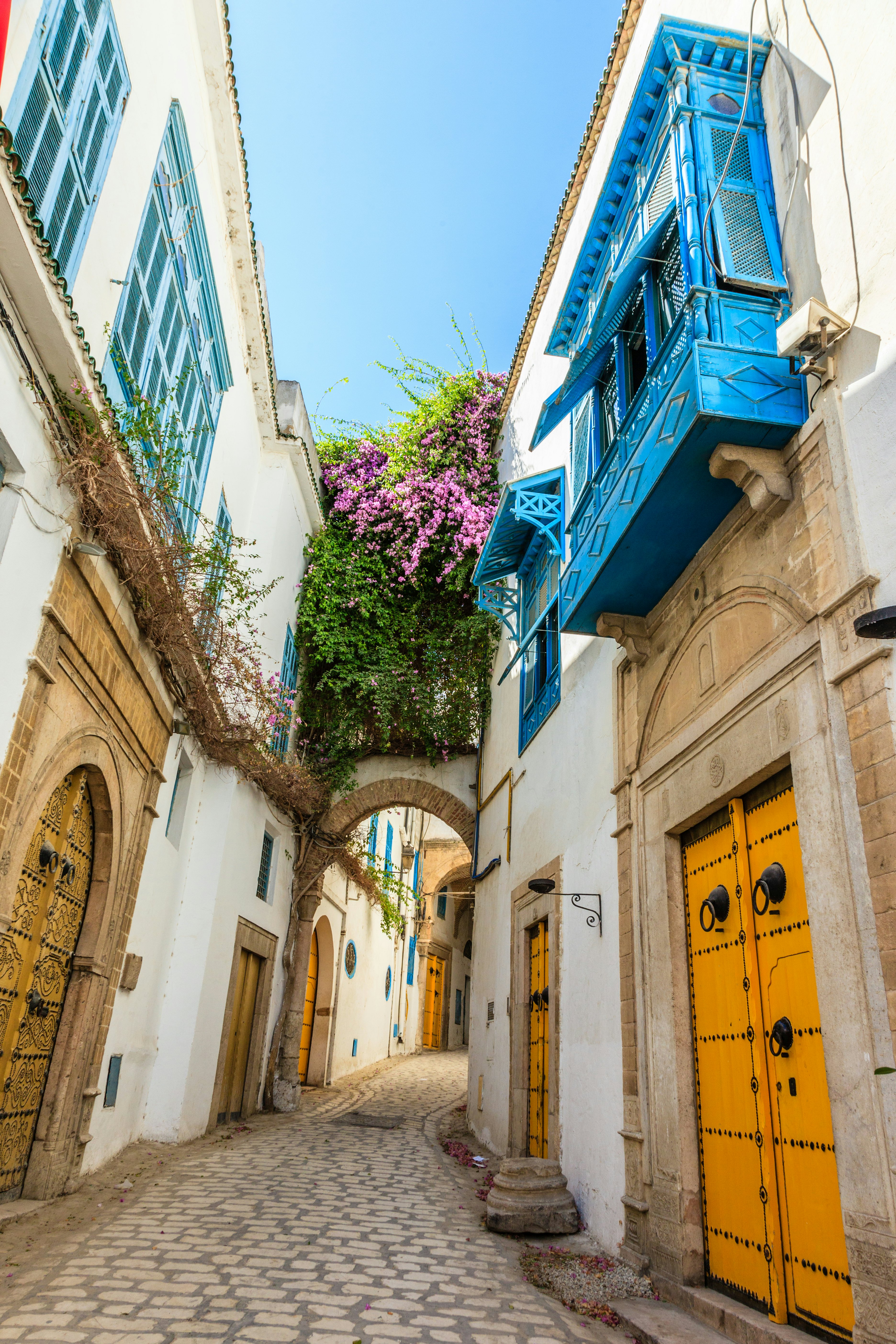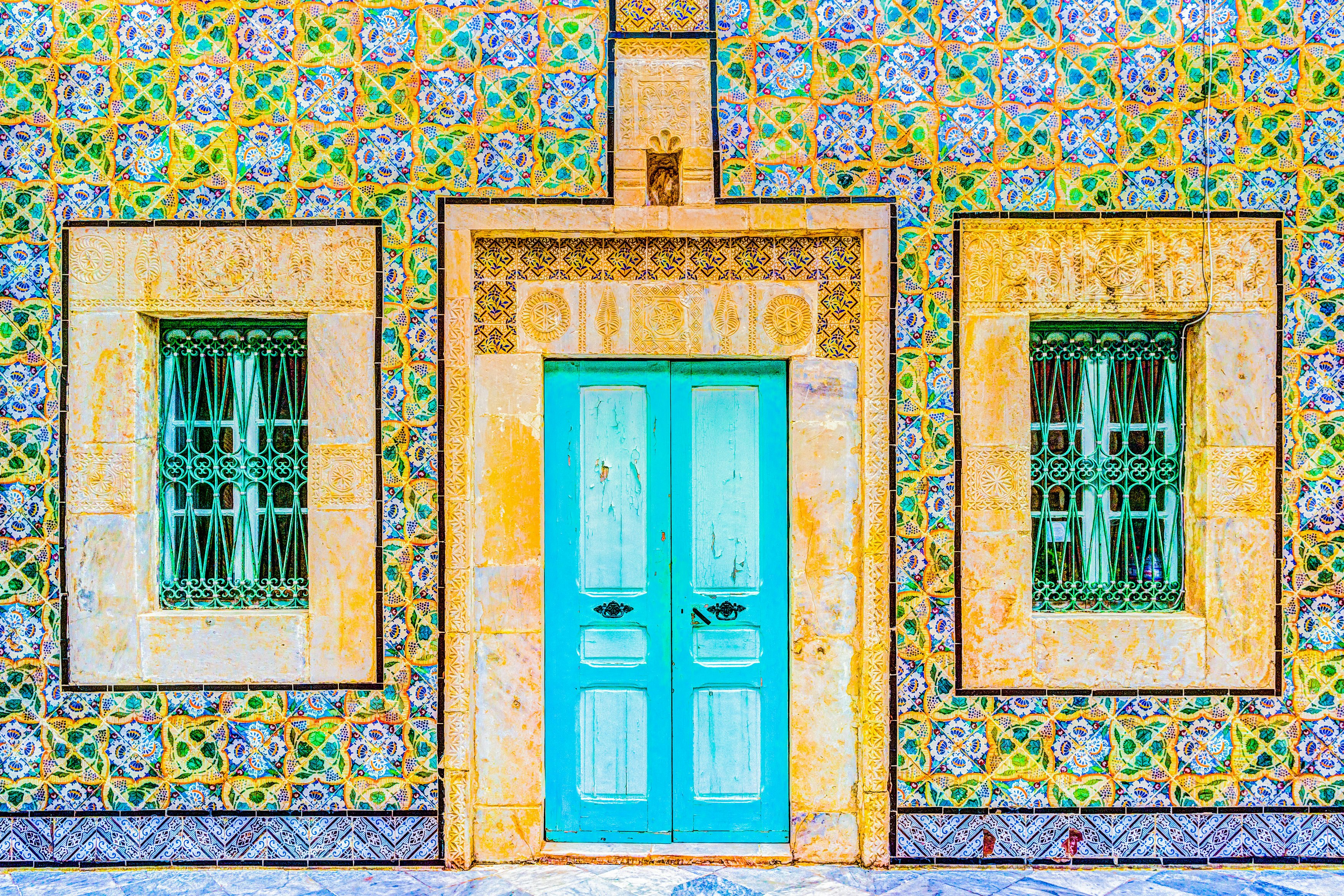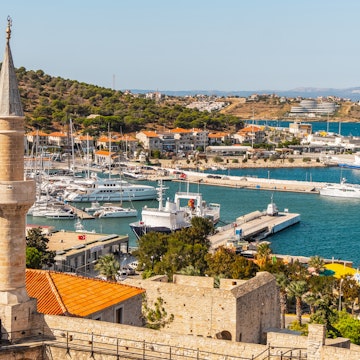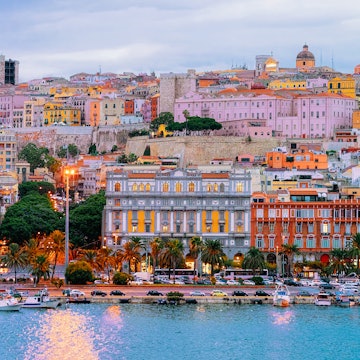
Medina meanders: exploring the old walled city in the heart of Tunis

Mar 14, 2019 • 7 min read

Medinas, the old walled areas found across cities in North Africa, are still the beating heart of these towns. Giulia Fiori Photography / Getty Images
Over the centuries, the medinas of the Maghreb have disseminated their magic far outside the monumental walls that surround them. Weary traders have sought shelter in fanadiq (ancient inns used by caravans) after bargaining for medina-made goods to export to every corner of the globe. Artists including the 19th-century Orientalist painters made fashionable careers by capturing medina scenes on canvas, and Hollywood directors have long used medinas for exotic location shoots and as the inspiration for over-the-top set designs back at the studio.
These fortified mini-cities where people have lived, worked and traded since medieval times are scattered along the North African coastline and into the interior, reminding us of the important role that trade and artisanship have always played in this part of the world. There are a number of notable examples – the old walled cities in Fez and Marrakesh in Morocco being the best known – but few are as unspoiled as the compact medina in the heart of Tunis, established in the 7th century, declared a Unesco World Heritage Site in 1979 and currently undergoing a thoughtful restoration courtesy of local conservation organisations and heritage-minded entrepreneurs.
Wandering through its narrow streets, sipping mint tea in its shisha-scented cafes and seeking out souvenirs in its bustling souqs is a highlight of every visit to Tunisia’s capital.

Getting your bearings
Tunis’ medina covers nearly 300 hectares, and it’s divided into a number of neighbourhoods. The highlights of the medina are found on or around the streets radiating out from the landmark Zitouna Mosque with its distinctive square Almohades-style minaret. The mosque can be accessed from every bab (gateway) leading into the medina, but most visitors start at Bab El Bahr on the western edge of Centre Ville, take Rue de la Kasbah or Rue Jamaa Ezzitouna and head west. You can then do a loop though the El Hafsia neighbourhood with its magnificent dars (courtyard mansions), explore the heart of the medina with its souqs, madrassas (schools for study of the Quran), mosques and zaouias (mausoleums), and then exit through the residential Torbet El Bey neighbourhood, which is home to Ottoman-era mosques and mausoleums as well as local hammams and some of the medina’s most magnificent dars. Although entering mosques in Tunisia is forbidden to non-Muslims, it’s often possible to enter zaouias, dars and madrassas to admire their inner courtyards encrusted with vibrantly coloured tiles and delicately carved decorative stucco.
Rue Sidi Ben Arous
Named after a 13th-century mystic and professor, this fascinating street stretches north from the Zitouna Mosque and merges into Rue du Pacha at Place de La Hafsia. Make sure you have a camera handy as you wander its length, as shots of the carved and brightly painted doors fronting onto the street are Insta-worthy treats.
Just off Rue du Pacha, in the El Hafsia neighbourhood, is a clutch of dars and zaouias that have been restored under the auspices of the Association for Safeguarding the Tunis Medina – be sure to pop into Dar Lasram, a richly tiled 19th-century mansion that is the association’s headquarters, and the similarly impressive Dar El Monastiri, now home to the Centre National des Arts Calligraphiques, which trains specialists in traditional Arabic penmanship.

Souq des Chechias
Ask any visitor or local to nominate their favourite souq in the medina, and the response is likely to be the Souq des Chechias. Located on the corner of Rue Sidi Ben Arous and Rue de la Kasbah, it comprises two covered passageways lined with jewellery box-like spaces painted in mint green and decorated with mirrors, stained glass and ornate wall panels. These exquisite shops stock only one product – chechias, Tunisia's traditional blood-red felt caps.
In the 17th century, when the souq was built, a million chechias were made here annually. Today, the 10 or so chaouachis still working in the souq produce the traditional Tunisian version as well as customised felt hats in a variety of colours and styles exported around the world. You can watch the chaouachis at work, purchase a hat to take home and enjoy a glass of tea or cold drink at Café Chaouachine, which is popular with local tradesmen and shoppers. Nearby shops sell quality local handicrafts and antiques – check out Le Berbere, which sells a good range of babouches (traditional leather slippers); Kandinsky Art Gallery, where old books, prints, paintings and objets d'art can be sourced; and the eccentric but charming Ed Dar, a traditional house filled to the brim with rugs, textiles, jewellery and bric-a-brac that will appeal to collectors.
Souq El Attarine
From Rue Sidi Ben Arous, follow your nose to the Perfume Makers’ Souq nestled in the shadow of the Zitouna Mosque. Dating from the 13th century, it’s still home to shops selling fragrant oils and waters. While here, be sure to stop at Fondouk El Attarine, a meticulously restored funduq housing a courtyard restaurant serving good-quality traditional food. Upstairs, the stylish La Maison de L'Artisan boutique offers top-quality Tunisian handicrafts including babouches, scarves, ceramics, clothing, perfumes, copperware, rugs and jewellery. Nearby shops selling handicrafts are also worth a browse.

Rue des Librarires
Accessed from the square in front of the Zitouna Mosque, this street is home to one of the medina’s last remaining traditional bathhouses, the male-only Hammam El Kachachine. Its distinctive exterior features red-and-green painted columns and black-and-white detailing over a horseshoe-shaped archway – centuries-old decoration denoting the presence of a hammam. Also on this street are the 18th-century Madrasa El Bachia, which now houses artisans’ ateliers, and one of the medina’s best budget eateries, Doken, which serves delicious French-accented fare.
Tourbet El Bey
The areas directly north and south of the Zitouna Mosque are home to a tangle of vaulted souqs named after the products they have traditionally sold – the Souq des Étoffes (Fabric Market), Souq El Berka (Jewellers’ Market) and Souq de la Laine (Wool Souq) are three of the most atmospheric, lit by hazy shafts of sunlight and lined with traditional workshops. Nearby is popular M’Rabet, a cafe with an Orientalist fantasy of an interior where patrons recline on carpeted platforms to enjoy drinks and snacks. Consider stopping here for a tea break en route to the largely residential Tourbet El Bey neighbourhood, named after the Ottoman-built mausoleum at its heart. Two dars of architectural and historical importance are also located here: Dar Othman, built for a successful pirate and politician in the 16th century; and Dar Hussein, an 18th-century mansion that now houses the National Heritage Institute.
To bargain or not to bargain?
These days, a non-negotiable price tag is the norm in most boutiques in Tunis, including at most businesses in the medina. Rugs are an exception (never pay the first price cited by a rug salesman), as are some handicrafts. If you’re keen to try haggling while in the medina, check out stock in a few shops to gauge quality and the standard asking price. Once you’ve identified what you want and how much you think it is worth, ask the shopkeeper to nominate their price. If you think it’s too high, say so and ask whether he or she would accept less. If it seems that the price is flexible, try to bargain it down by 20% to 30% – but always be polite rather than aggressive and keep in mind that shopkeepers here are likely to be less affluent than you and in need of healthy profit margins.

Staying in the Tunis medina
The medina has around 20,000 permanent residents, largely located in the El Hafsia and Tourbet El Bey neighbourhoods, and a growing number of boutique hotels in traditional dars welcome travellers. Overnighting at these can be a wonderful experience, although it’s important to note that very few of the medina’s cafes and eateries remain open in the evening, and that the streets here can be deserted after dark. Alluring choices include L'Hôtel Dar El Jeld near the Kasbah; Dar 24, Dar Ben Gacem and La Chambre Bleue in El Hafsia; and El Patio Courtyard House in Tourbet El Bey.
https://shop.lonelyplanet.com/products/africa-travel-guide-14













